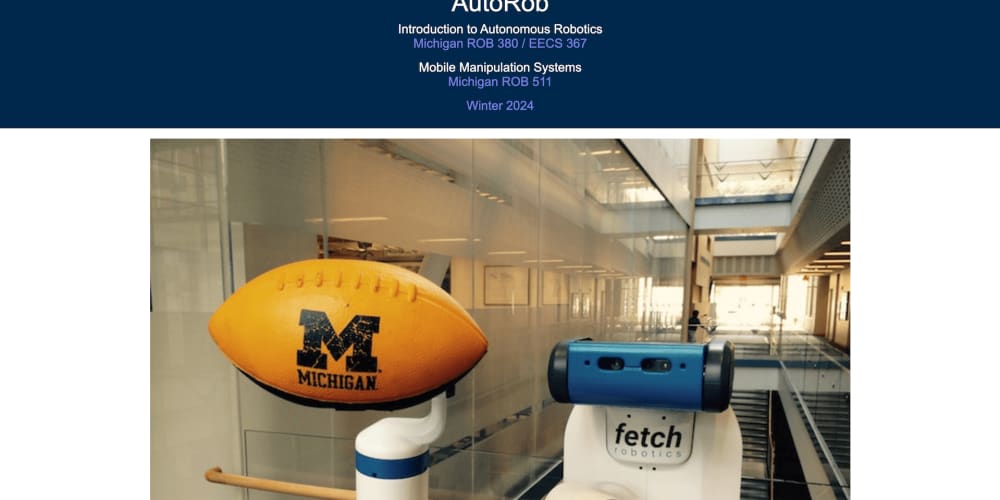This is a Plain English Papers summary of a research paper called Field-Deployed MARL for Dynamic Variable Speed Limit Optimization. If you like these kinds of analysis, you should subscribe to the AImodels.fyi newsletter or follow me on Twitter.
Overview
- The paper presents a field deployment of multi-agent reinforcement learning (MARL) based variable speed limit controllers on a real-world highway network.
- The goal is to improve traffic flow and safety by dynamically adjusting speed limits in response to changing traffic conditions.
- The researchers developed a MARL framework that coordinates multiple speed limit controllers as autonomous agents to optimize the network-wide performance.
Plain English Explanation
The researchers in this study wanted to find a way to better manage traffic on highways. They used a technique called multi-agent reinforcement learning (MARL), which involves training multiple "agents" or software programs to work together to solve a problem.
In this case, the agents were responsible for setting the speed limits on a real highway network. Instead of having a single controller decide on the speed limits, the MARL system had multiple controllers that could coordinate with each other. This allowed the system to dynamically adjust the speed limits based on the current traffic conditions, with the goal of improving both traffic flow and safety.
The key idea is that by having multiple agents work together, the system can make more informed decisions about speed limits compared to a single, centralized controller. The agents learn from experience over time, and can adapt to changing conditions on the highway.
Technical Explanation
The paper presents a field deployment of a multi-agent reinforcement learning (MARL) framework for variable speed limit control on a real-world highway network. The goal is to enhance traffic flow and safety by dynamically adjusting speed limits in response to changing traffic conditions.
The researchers developed a MARL architecture where multiple speed limit controllers operate as autonomous agents, coordinating with each other to optimize the network-wide performance. This builds upon prior work on reinforcement learning-based oscillation dampening and RL-MPC for highway ramp metering.
The MARL framework learns an optimal speed limit control policy through trial-and-error interactions with the traffic network. Each agent receives observations about the local traffic state and takes actions to set the speed limit, while receiving feedback on the global performance. Over time, the agents learn to cooperate and make speed limit decisions that improve overall traffic flow and safety.
The researchers deployed this MARL-based variable speed limit control system on a real highway network and conducted extensive field tests to evaluate its performance. The results demonstrate the feasibility and effectiveness of this deployable reinforcement learning approach for real-world traffic management.
Critical Analysis
The paper provides a thorough evaluation of the MARL-based variable speed limit controllers in a real-world field deployment, which is a significant contribution to the literature. The use of multiple coordinating agents is an interesting approach that builds upon prior work on distributed autonomous intersection management.
However, the paper does not delve deeply into the specific algorithms and hyperparameters used in the MARL framework. More details on the agent architecture, learning process, and coordination mechanisms would be helpful for readers to better understand the technical implementation.
Additionally, the paper could have discussed potential limitations or challenges encountered during the field deployment, such as issues with sensor reliability, communication latency, or driver compliance. Exploring these practical considerations would provide a more comprehensive assessment of the system's real-world applicability.
Conclusion
The field deployment of MARL-based variable speed limit controllers presented in this paper demonstrates the potential of this approach for improving traffic management in complex, real-world transportation networks. By leveraging the coordination and adaptability of multiple learning agents, the system can dynamically adjust speed limits to enhance both traffic flow and safety.
This research represents an important step forward in the practical application of reinforcement learning techniques for transportation optimization. As autonomous vehicle technologies continue to advance, the integration of MARL-based speed limit control systems could lead to significant improvements in the efficiency and safety of our road networks.
If you enjoyed this summary, consider subscribing to the AImodels.fyi newsletter or following me on Twitter for more AI and machine learning content.



















